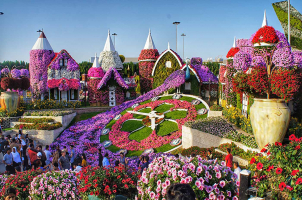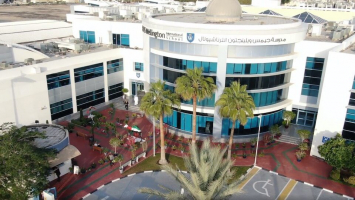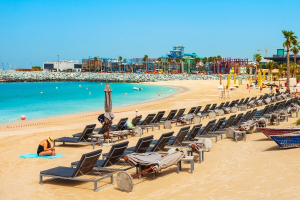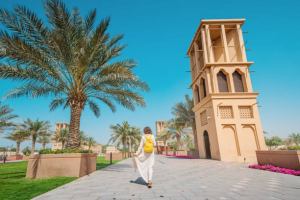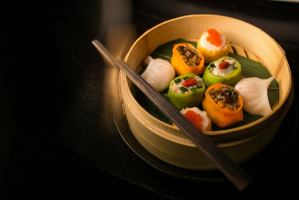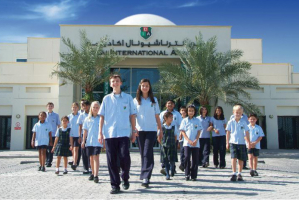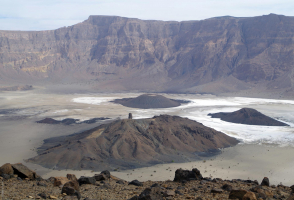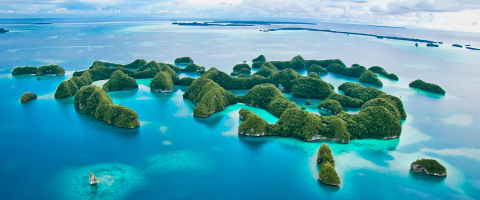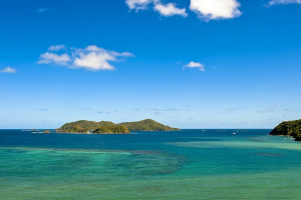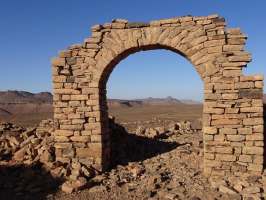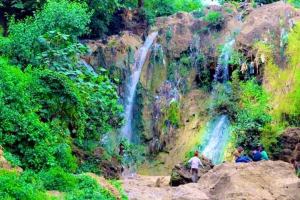Top 10 Must-Visit Attractions in Dubai
There are a ton of really entertaining, incredibly cool, and all-around exhilarating attractions in Dubai, ranging from locations with jaw-dropping, ... read more...heart-thumping vistas to out-of-this-world experiences, panoramas built for the 'gram, peeks into the future, and daredevil dives. Discover the historic Dubai by taking a stroll around the Al Fahidi neighborhood. Later, take a traditional dhow boat along Dubai Creek to quickly learn that this city is more than just its glossy exterior. Here are the most popular tourist attractions in Dubai.
-
The Burj Khalifa, a landmark structure and a main tourist draw in Dubai, is the city's most well-known landmark and the highest structure in the world at 829.8 meters. Most people consider visiting this city's observation deck, which is located on the 124th level, a must-do activity. From this eagle's eye view, the vistas across the metropolitan skyline are just breathtaking. Before a high-speed elevator whisks you up to the observation deck for those 360-degree views out across the skyscrapers to the desert on one side and the ocean on the other, the slick observation deck experience includes a multimedia presentation on both Dubai and the construction of the Burj Khalifa (completed in 2010).
Due to Dubai's famed panoramic views of the city's lights, nighttime excursions are especially well-liked by photographers. In order to avoid lengthy lines, get your Burj Khalifa "At the Top" Entrance Ticket in advance, especially if you want to visit on a weekend. The grounds of Burj Park, which are on the ground and around the Burj Khalifa, include paths lined with sculptures created in contemporary art. You can view the Dubai Fountain show on Burj Lake in Burj Park. This is the tallest performing fountain in the world, with water displays flying up to 150 meters into the air, and it is modeled after the renowned Fountains of Bellagio in Las Vegas.
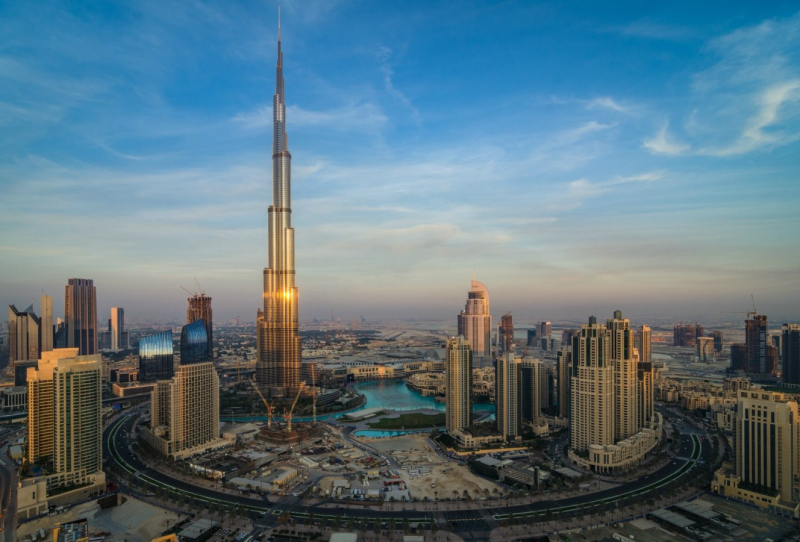
Bayut 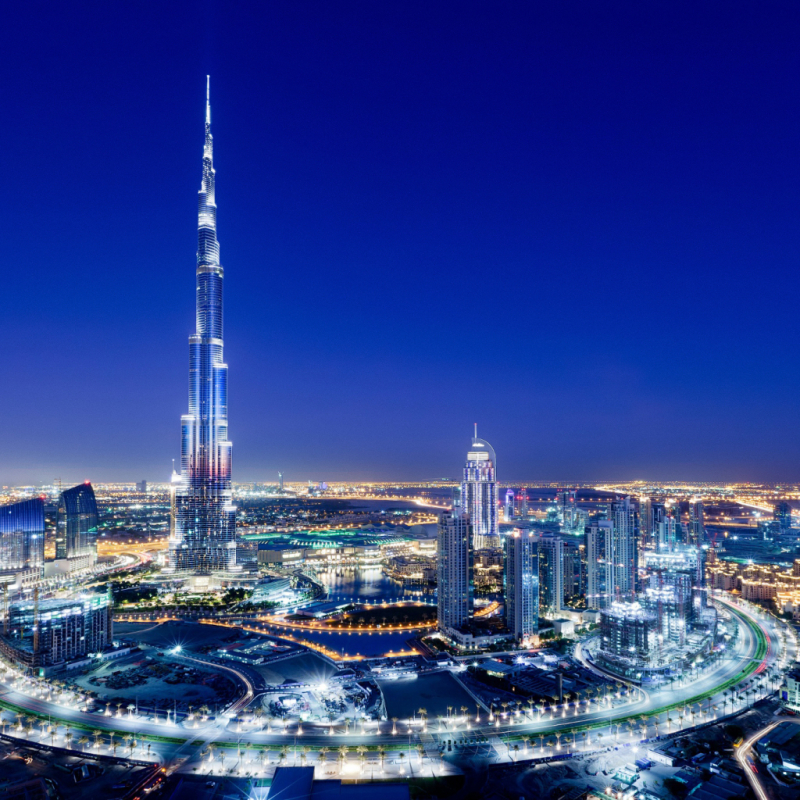
Pinterest -
Every visitor to Dubai is in awe of the incredible artificial attractions that the city has to offer. Every traveler should visit the Dubai Aquarium and Underwater Zoo at least once in their lives since it is the largest artificial aquatic habitat in the world. Since its development, it has won a number of awards, including the Acrylic Panel title in the Guinness Book of World Records. Flying to the capital of the UAE is a must if you want to see this magnificent building.
Three distinct components of this magnificent building are located on the first, second, and third floors of the opulent retail center. The main tank is made up of the parts, which is around 51 meters long, 20 meters wide, and 11 meters high. The third portion is an underwater zoo, and the second section is curled into a tunnel that is 11 meters high and gives guests a 270-degree view of the aquarium. The walk through the tunnel takes roughly 45 minutes. In terms of space occupied, the mall where it is located was opened in 2008 as the second-largest Mall in the world. The aquarium was created by Peddle Thorp and is currently run by Emaar Entertainment.
One of the world's largest suspended aquariums, the amazing underwater wonderland contains roughly 10 million gallons of water and countless aquatic creatures. This artificial environment is home to thousands of animals, including the biggest population of Sand Tiger Sharks in the world and over 300 sharks and rays from over 140 distinct species.
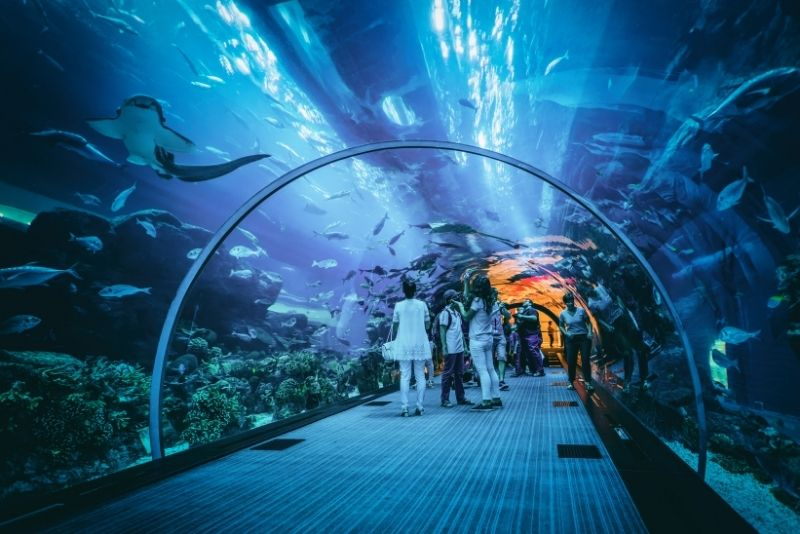
tourscanner.com 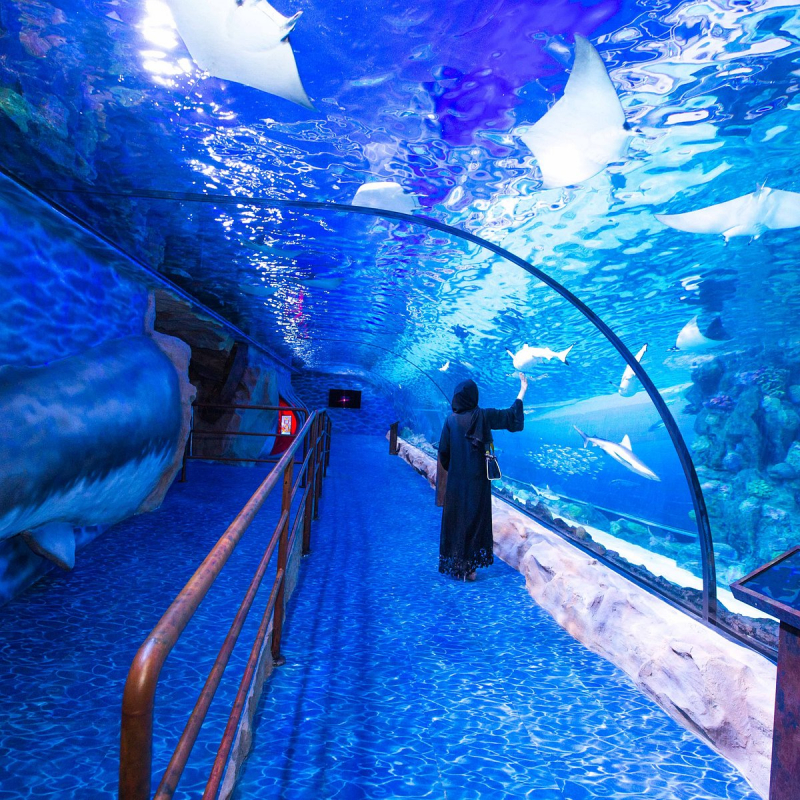
tripadvisor.co.uk -
You don't have to go very far to get to some of the UAE's undulating dune desert landscapes from Dubai's skyline of skyscrapers along the shore. Both the orange-hued dunes of Maleha (actually in the Emirate of Sharjah) and the dune fields and desert of the Dubai Desert Conservation Reserve are reachable by day trip from the city. Sandboarding, camel rides, 4WD safaris, traditional Arabian falconry performances, and desert dinners beneath the stars are just a few of the things that may be included in desert adventure excursions. Additionally, there are choices for spending the night camping outside.
A short vacation to Dubai may easily fit the normal tour schedule, which takes guests on a taste of desert life and lasts around six hours door to door with a mid-afternoon departure from the city. A camel ride, sandboarding instruction, a BBQ in the desert at dusk, and a belly dance performance are all included in the Dubai Desert 4x4 Safari, a half-day desert excursion. Choose a company that operates inside the Dubai Desert Conservation Reserve for a less hurried tour experience. Trips there can include wildlife drives to see the reserve's wandering herds of gazelles and, if you're lucky, Arabian oryx.
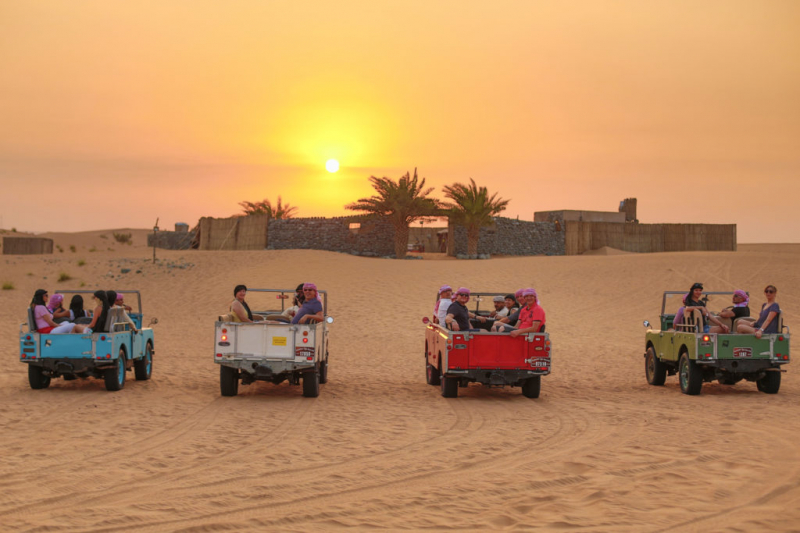
Gentleman's Journal 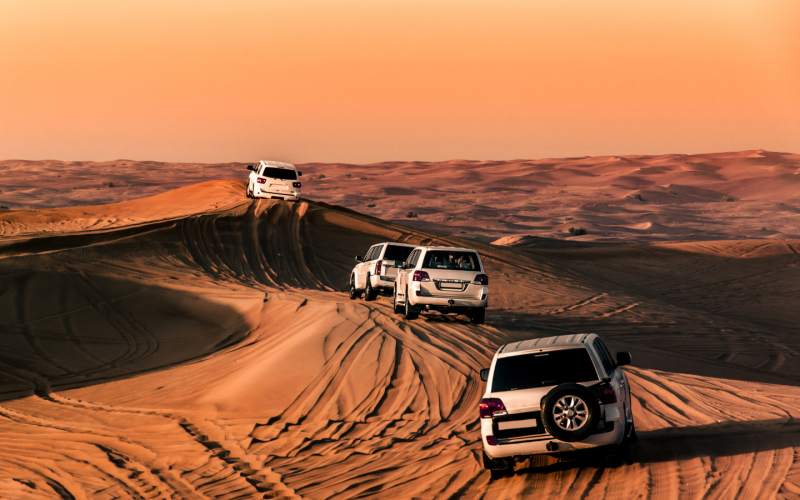
Bayut -
The Al Fahidi Quarter (previously known, and sometimes still referred to as the Bastakia neighborhood) was built in the late 19th century to be the home of wealthy Persian merchants who dealt mainly in pearls and textiles and were lured to Dubai because of the tax-free trading and access to Dubai Creek. Al Fahidi is located in the eastern part of Bur Dubai along the creek, and the houses here, many of which have walls topped with wind towers, have been kept exceptionally well.
The dwellings in this area were equipped with wind-towers, which served as an early kind of air conditioning by funneling wind down into the homes. This architectural feature, which is typical of Iranian seaside homes, was probably brought to the Gulf by Persian traders. The small roads, which are lined with distinctive Arabian architecture, strongly recall a bygone, more slower era in Dubai's history. Both the Majlis Gallery, which has a collection of traditional Arab pottery and furniture housed in a wind tower, and the Al Serkal Cultural Foundation, which has a store, a café, and changing art exhibitions, are located inside the neighborhood (located in one of the historic buildings).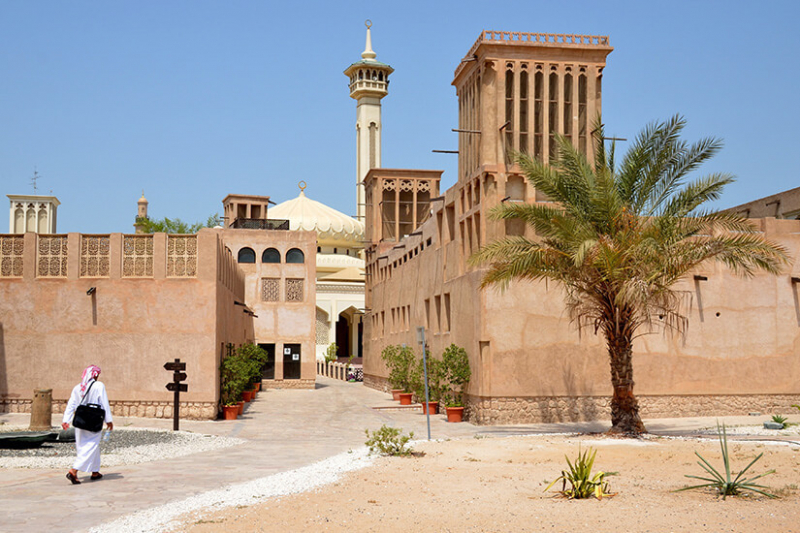
mydubai.medi 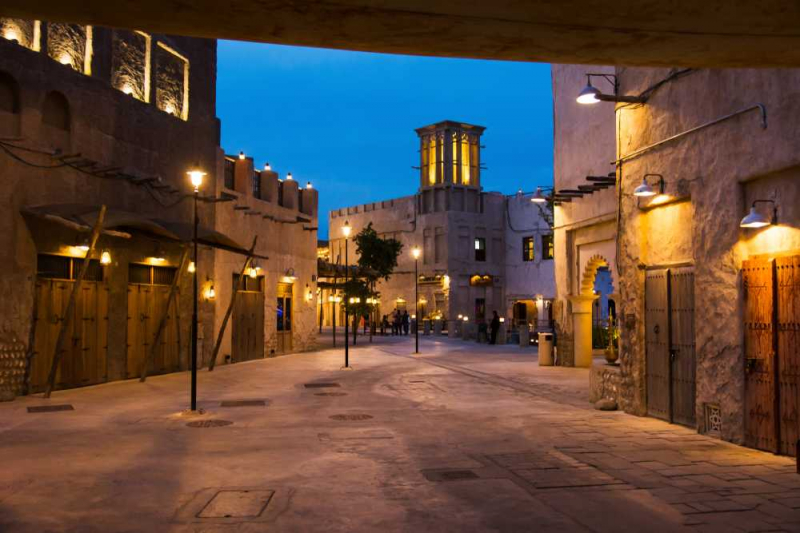
onlinewebtravelguidetips.wordpress.com -
You would be mistaken to believe that you couldn't ski in the desert. Massive Ski Dubai is located at Dubai's Mall of the Emirates, where you can ski, snowboard, go zorbing, or make penguin pals. When it all becomes too much, you can just escape to one of the mall's cafes or cafés and see everything happening on the slopes below. You can even take skiing lessons there. More than 600 businesses, including department stores Harvey Nichols and Debenhams as well as Marks & Spencer, provide a wide range of shopping options.
Everything from Chanel to Gucci is available for high-end shopping at Dubai's Mall of the Emirates, or if you're on a tighter budget, you may buy at high street retailers. Among the well-known brands are Mango, Zara, Topshop, and H&M. If you're searching for a fun family day out, Magic Planet, VOX Cinemas, and Yalla Bowling are all options. Peckish? Visit one of the numerous eateries in the area, such as Common Grounds for a filling breakfast (get there early; it's usually busy) or Din Tai Fung, a favorite of Sarabeth from Gossip Girl (there will be a wait, but it's worth it).
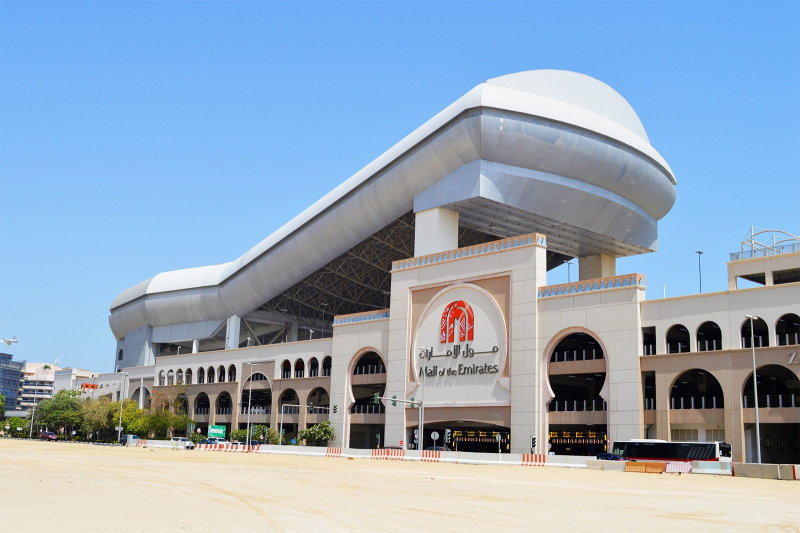
oddviser.com 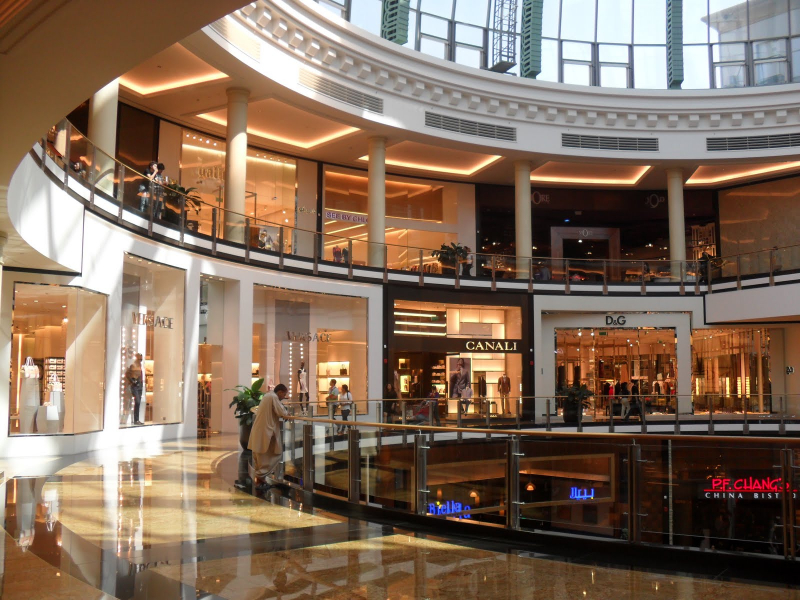
blogspot.co -
This enormous 150-meter-high picture frame is one of Dubai's newest landmarks, and it's located right between the city's contemporary expansion and its ancient communities grouped around the creek. Before ascending to the Sky Deck, where incredible vistas of both the old and modern Dubai may be captured on the observation platforms, a succession of galleries takes you through the city's history and explores Emirati heritage. Visit the Dubai gallery after that to see how the city may seem in the far future. In Dubai's Zabeel Park, there is a monument, museum, and observatory called The Dubai Frame. It holds the world record for having the biggest frame.
The structure primarily performs the function of an observatory, offering views of older areas of Dubai in the north and modern ones in the south. The Dubai Frame is made of glass, steel, aluminum, and reinforced concrete, and its front façade has designs incorporated into the Expo 2020 emblem. It is situated such that on one side, tourists can see iconic buildings from contemporary Dubai, while on the other, they can see historic areas of the city. With glass-bottomed floors, an observation deck covers the top of the structure, providing a nearly 150-meter-high view of the lower span of the building. A museum detailing the city's past may be found on the lower span, along with a projection projecting the city's future.
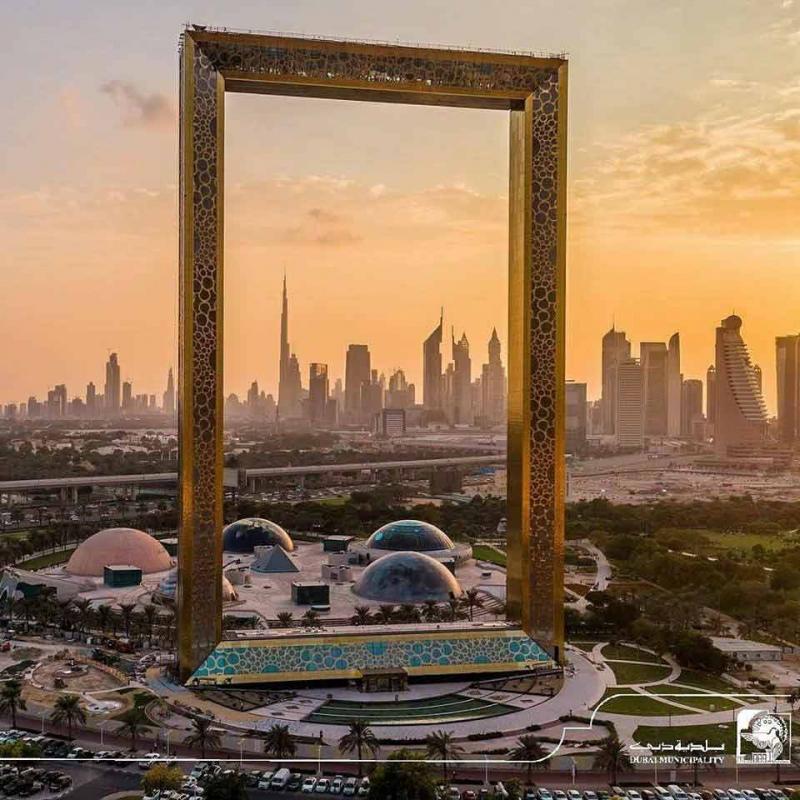
dhowcruiseindubai.com 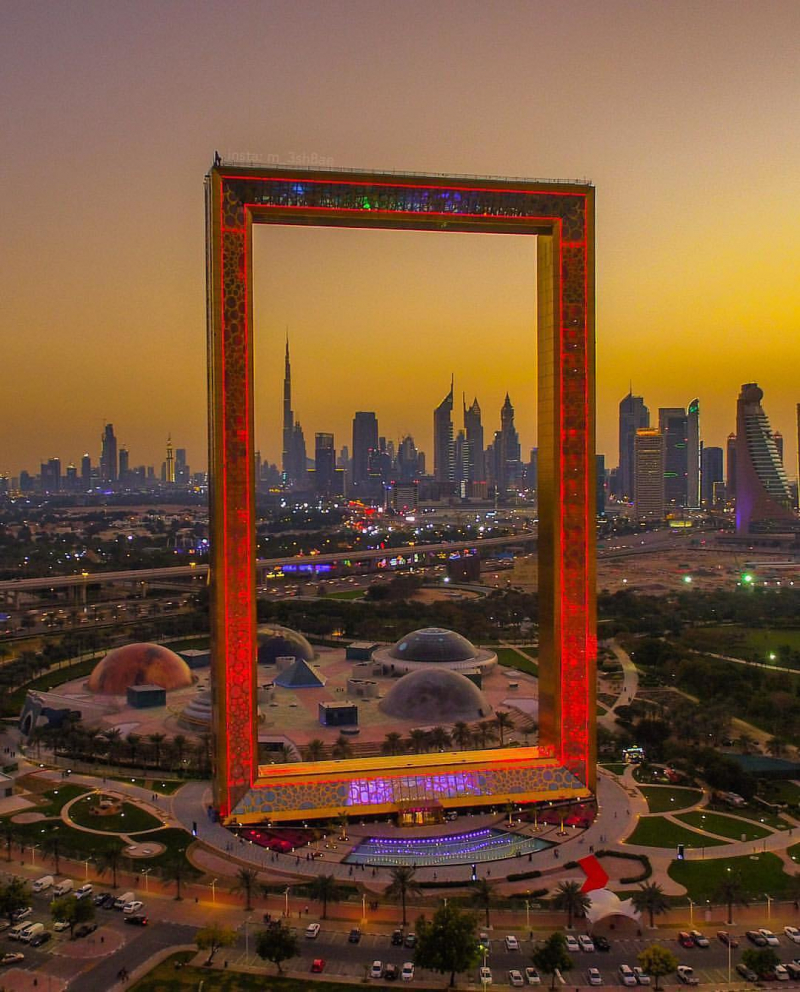
awesomebyte.com -
Dubai's greatest location for kitesurfing is on the northern end of Umm Suqeim Beach because of the waves and wind there. Numerous water sports businesses can be found on the beach, where they rent out equipment and give training in kitesurfing, paddleboarding, and kayaking. This expansive stretch of yellow sand beach spreads south along the coastline (becoming Umm Suqeim Beach), offering great amenities and food options as well as plenty of room for sunbathers wishing to enjoy a leisurely day of swimming and tanning on the sand. From the southern end of the beach, you can see the Burj Al Arab quite well.
Just a three-kilometer hop from the beach, it's definitely worth it to visit the Majlis Ghorfat Um Al-Sheef when in the Jumeirah region. This vacation home, constructed in 1955, belonged to the late Sheikh Rashid bin Saeed al-Maktoum. You may have a greater picture of the lavish lifestyle of Dubai's rulers by seeing the mansion, which is constructed of gypsum and coral-block and has been rebuilt while retaining much of its magnificent original décor. A replica of an amazing Arab irrigation system can be seen at the Majlis Gardens, along with several date trees that provide shade.

Bayut 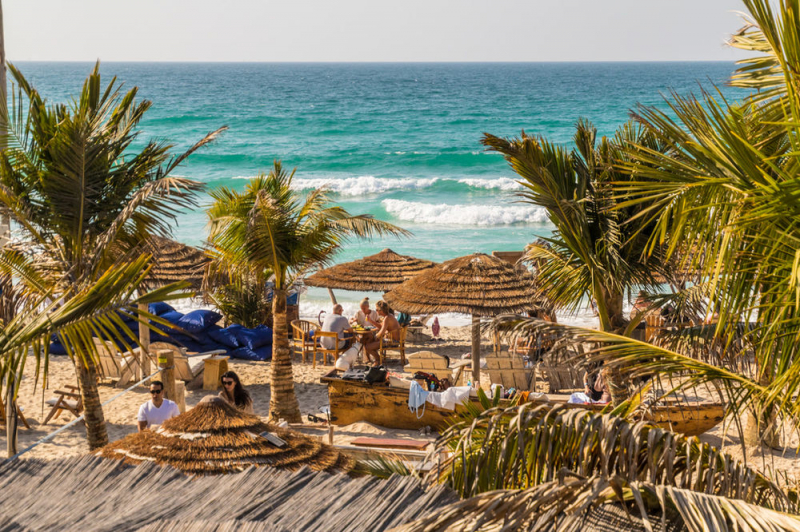
hansgenthe.de -
Deira and Bur Dubai are located north and south of Dubai Creek, which divides the city into two settlements. The city's expansion has been influenced by the creek, which first drew people for its excellent fishing and pearl diving. Small settlements appeared alongside the stream as early as 4,000 years ago, but the modern era didn't start until the Bani Yas tribe moved into the region in the 1830s. You may take in city views from the water at the creek by either taking a ride on one of the many dhows that have been repaired and converted into tourist cruise ships or by riding an abra (a little wooden ferry) between the ferry stops on the creek's Bur Dubai and Deira banks.
The waterfront has been revitalized as the Al Seef area on the Bur Dubai side of the canal, right next to the Bastakia neighborhood. It features a waterfront promenade backed by traditional coral-block and limestone structures, a floating market, and stores offering handmade goods. It's a beautiful location for a stroll with a view of the lake. The Dhow Wharfage is located farther southeast along the stream on the Deira bank, north of Al-Maktoum Bridge. Small traders from all across the Gulf still utilize it as they navigate their dhows to Kuwait, Iran, Oman, India, and all the way down to the horn of Africa. It's fascinating to roam about and see cargo being loaded and unloaded onto and off of the dhows in this little relic of Dubai's former commerce. At the southeastern end of Dubai Creek, just before the creek joins with Dubai Canal, is the newly developed Dubai Creek Harbor with a waterfront marina walkway, which offers excellent vistas of the city skyline.
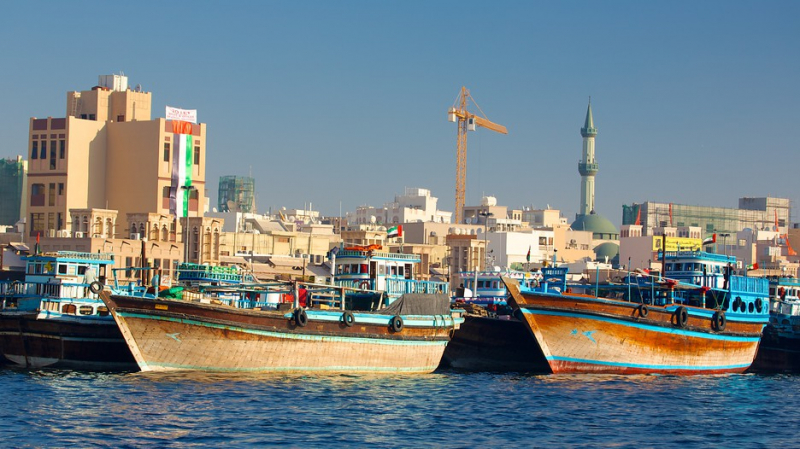
Expedia.com.au 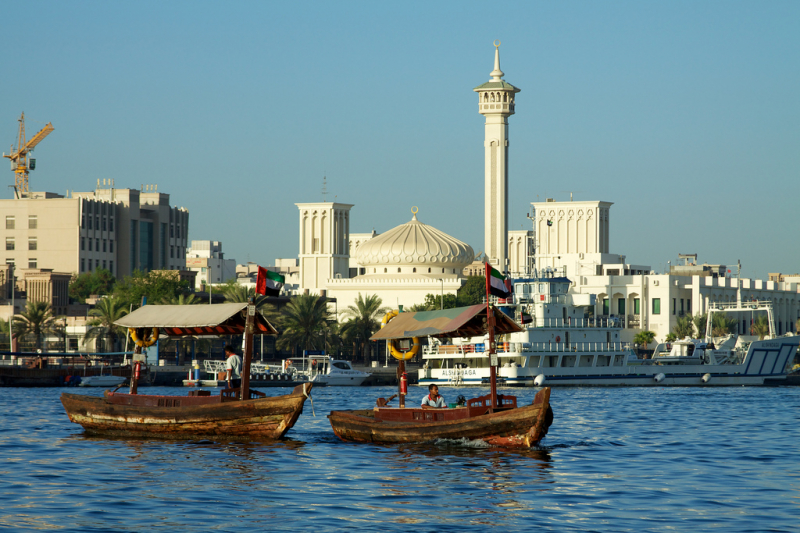
travellingmoods.com -
The meandering lanes of Deira, which is located on the northern bank of Dubai Creek, reveal the melting pot of several ethnicities that have settled in Dubai. Ancient dhows are loading and unloading on the coast while being framed by contemporary office buildings, hotels, and banks. Deira is well known to tourists for its historic souks (markets), which are bustling with people throughout the day. The greatest gold market in the world, Deira Gold Souk, is well known worldwide. There are stalls filled to the brim with bags of frankincense, cumin, paprika, saffron, sumac, and thyme in the Deira Spice Souk, along with scented oud wood, rose water, and incense. The experience at the fish market is significantly less commercial.
Two of the district's exquisitely preserved architectural treasures should not be missed by cultural enthusiasts. Heritage House was constructed in 1890 for a wealthy Iranian trader, and Sheik Ahmed bin Dalmouk subsequently lived there (a famous pearl merchant in Dubai). It's a fantastic opportunity to visit the inside of a classic family house right now. The Al-Ahmadiya School, which was built in 1912 and is now a museum of public education, is the oldest school in Dubai.
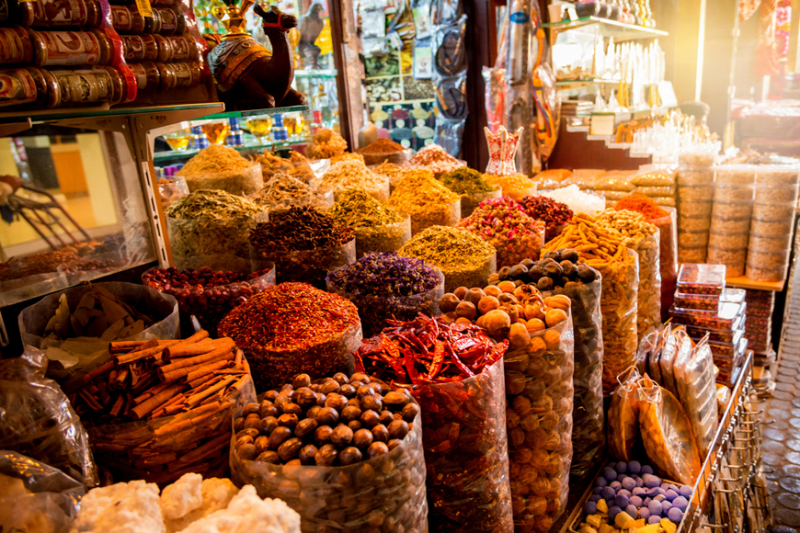
Pinterest 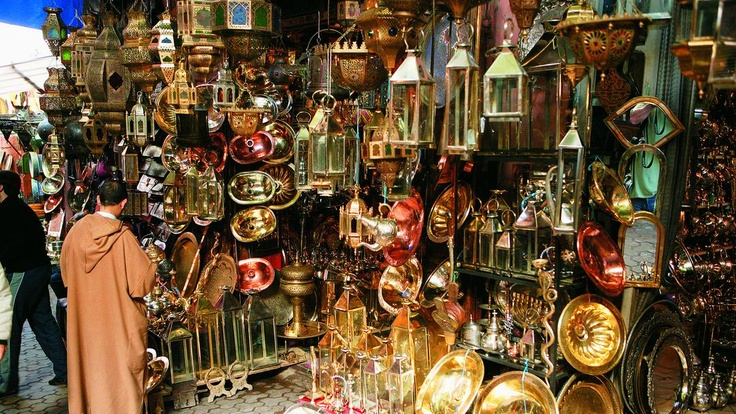
Pinterest -
From 1921 until 1958, Sheikh Saeed Al Maktoum served as the monarch of Dubai and was the grandfather of the present head of state. His original home has been meticulously reconstructed and refurbished to serve as a museum showcasing the beauty of Arabian architecture. Sheikh Saeed's father constructed the first home in 1896 so he could see marine traffic from the balconies. It was destroyed, but the present home was erected right adjacent to the old site while incorporating historic architectural elements including carved teak doors, wooden lattice window screens, and floral and geometric gypsum ventilation screens.
A central courtyard with wind-tower accents is surrounded by thirty rooms. The displays of the Dubai Museum of Historical Photographs and Documents are inside, and they contain a lot of gorgeous antique pictures of Dubai from the years 1948 to 1953. The museum's nautical wing has images of boat construction, pearling, and fishing. Numerous letters, maps, coins, and stamps that document the growth of the Emirate are on exhibit throughout the structure. The Sheikh Obaid bin Thani House, which has been rebuilt and has traditional interiors, lies nearby.
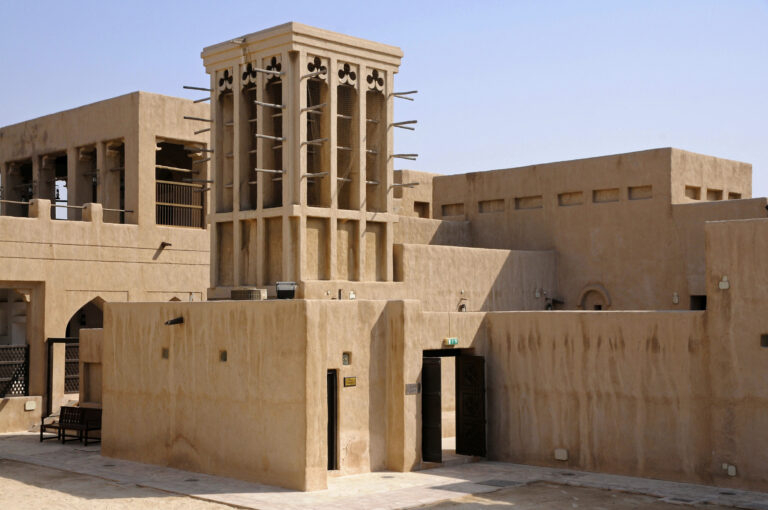
greatdubaiplace.com 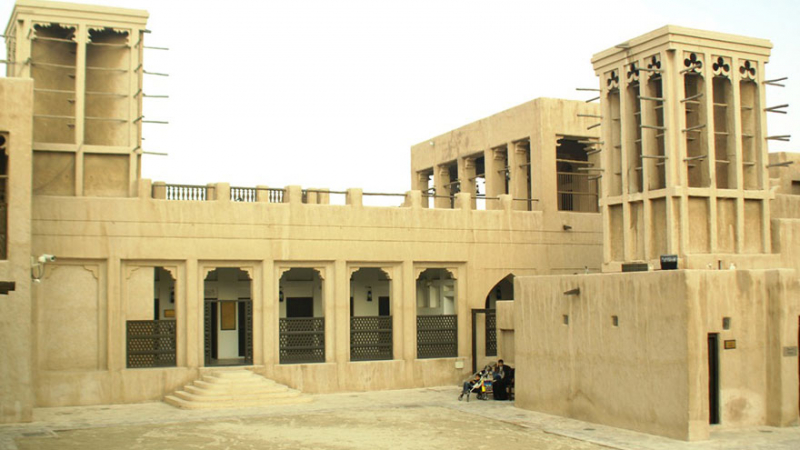
protenders.com












